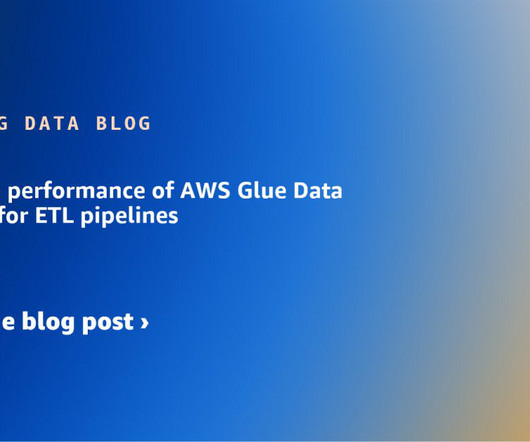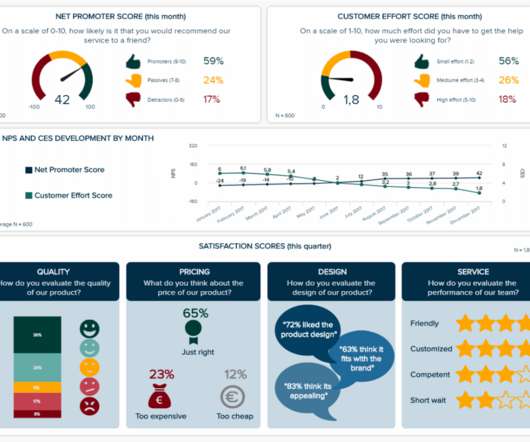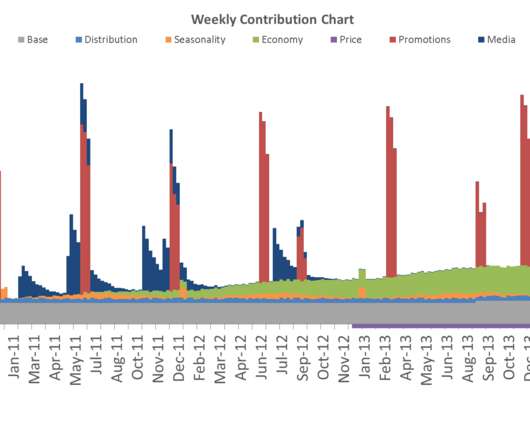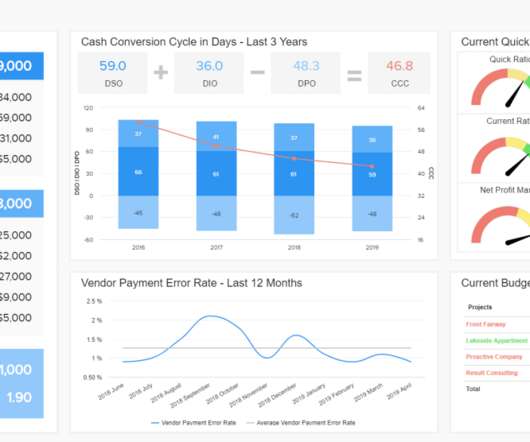Measure performance of AWS Glue Data Quality for ETL pipelines
AWS Big Data
MARCH 12, 2024
AWS Glue Data Quality reduces the effort required to validate data from days to hours, and provides computing recommendations, statistics, and insights about the resources required to run data validation. In this post, we provide benchmark results of running increasingly complex data quality rulesets over a predefined test dataset.




















Let's personalize your content